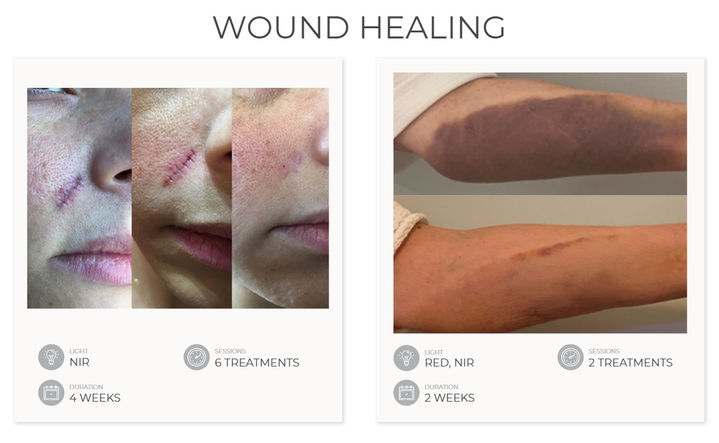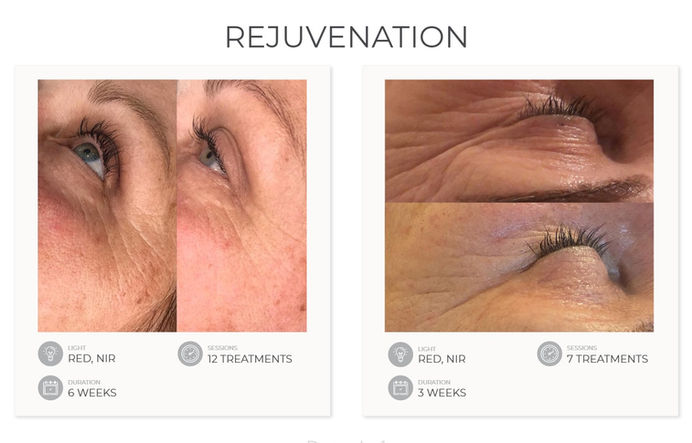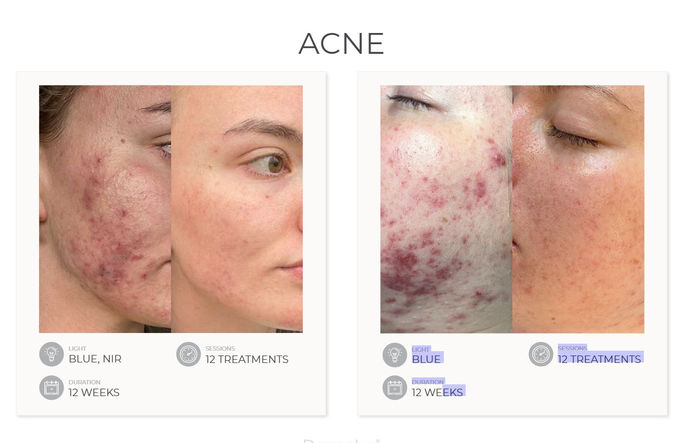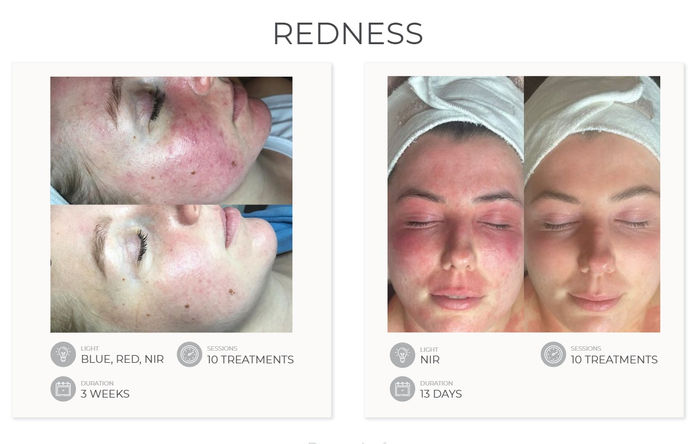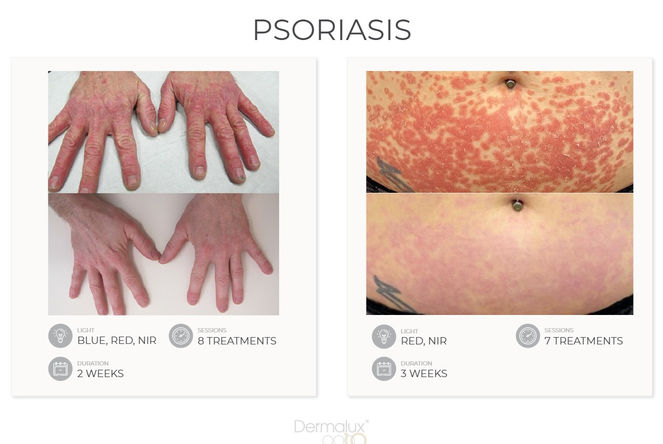
LED FACIAL LIGHT THERAPY
The Dermalux Flex MD is a medically CE certified device for the treatment of acne, psoriasis,
wound healing and musculoskeletal pain. Cosmetic indications include skin rejuvenation, pigmentation, redness and sensitive skin conditions.
The Dermalux Flex MD is a LED Phototherapy device, it provides a non-invasive treatment that delivers clinically proven therapeutic light energy for rejuvenating and corrective benefits. Specific wavelengths are absorbed by the skin to stimulate cell renewal and collagen production, resolve problem skin conditions such as acne and redness and accelerate skin healing. It is a safe and pain-free treatment without downtime.
Pre-Treat with Flex MD
Good skin preparation is essential to ensure the successful outcome with more severe indications and invasive procedures; to help minimise the risk of adverse effects such as post-inflammatory pigmentation, scarring, bacterial infection and slow healing.
Using Dermalux to prepare and condition the skin pre-treatment has been shown to build strength and immunity of the skin and also ensure that cells are fuelled with a ready supply of energy to enable the regeneration process to be accelerated.
For optimum results, 4 Flex MD treatments; 2 sessions per week prior to an invasive procedure will enhance overall treatment results and reduce post procedure downtime.

Integrating Flex MD with other skin treatments
Dermalux can be combined with a wide range of procedures including skin peels, OxyGeneo, skin needling, mesotherapy, PRP, Radio Frequency, Laser/IPL and injectable treatments. It will also enhance the results of more traditional facial treatments. It is particularly effective with resurfacing procedures where superficial layers of the stratum corneum are removed. Dead skin cells create an uneven surface which increases the reflection
of light. Creating a smooth and more homogenous surface allows light to pass through the protective barrier of the epidermis.


